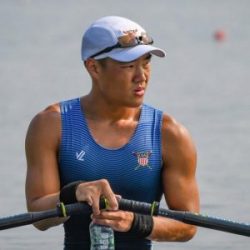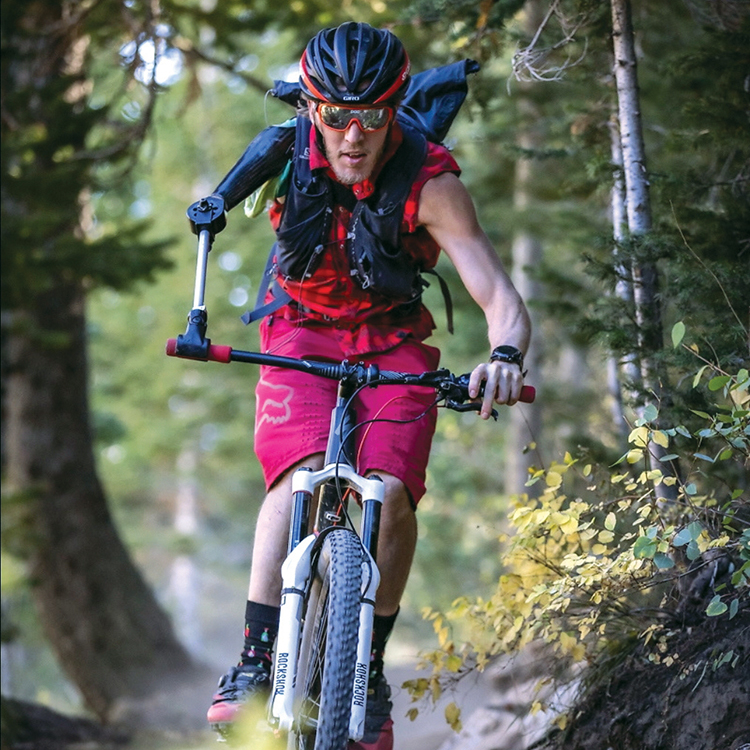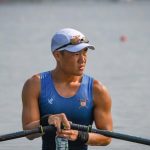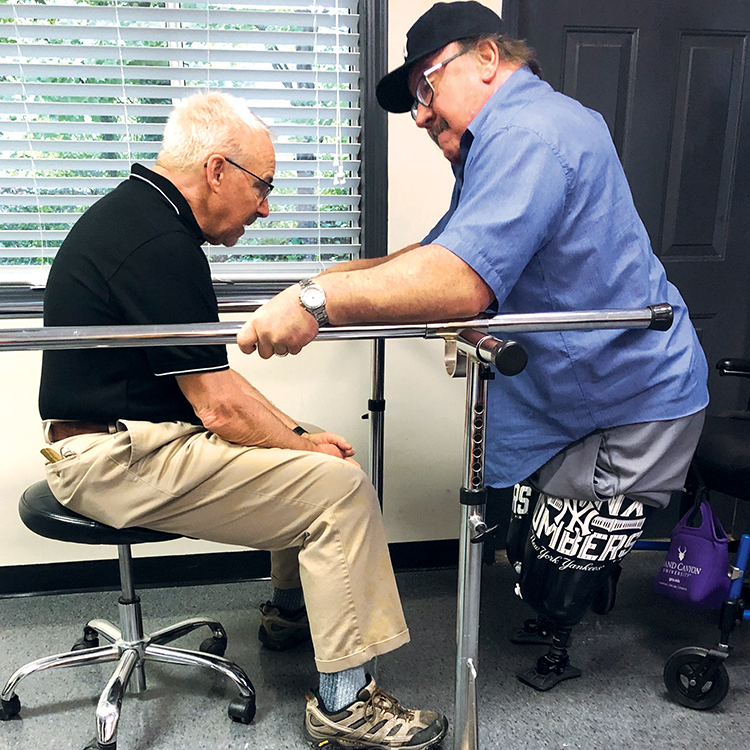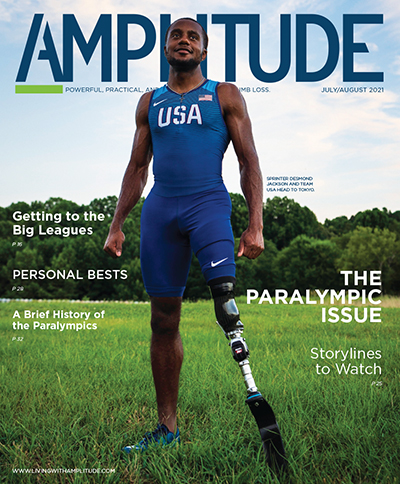TOKYO 2020 PARALYMPIC GAMES
BOATING EVENTS
Paralympic boating events involve three types of boats: sculls, kayaks, and canoes. Scull (or rowing) races debuted in the 2008 Paralympics and have been lengthened to 2,000 meters for the 2020 Games, making the distance equivalent to Olympic rowing races. The United States has never won a gold medal in Paralympic rowing. The kayak/canoe races debuted at the 2016 Paralympics, with no American medals.
USA AMPUTEE BOATING ATHLETES
CLASSIFICATION
ROWING
Paralympic rowers are classified according to their ability to use their legs, trunk, and arms to propel the boat. There are three classifications, with lower numbers corresponding to higher degrees of physical limitation. A general summary:
PR1: Limited trunk function with little to no leg function (may include bilateral leg amputees)
PR2: Full arm and trunk function, limited leg function (may include bilateral or unilateral leg amputees)
PR3-PD: Full arm and trunk function, moderate leg function (may include bilateral or unilateral amputees)
CANOE/KAYAK
Canoeing and kayaking classifications are essentially the same, with the exception of the prefix. The “V” prefix for canoeing stands for “va’a,” the Polynesian name for the type of outrigger canoes that are used in Paralympic racing.
KL1/VL1: Paddlers have highly restricted movement in the trunk and legs
KL2/VL2: Moderately restricted movement in the hips and legs, including unilateral or bilateral leg amputation
KL3/VL3: Moderately restricted movement in one leg, including unilateral amputation
To learn more about Paralympic boat racing events and see one-minute explainer videos of each sports, visit the Tokyo 2020 Rowing page and Canoe Racing page.
Check here soon for the 2020 Paralympic
Games Rowing and Canoeing Schedule
PARALYMPIC PATHWAYS: BOATING
AMPLITUDE is your one-stop resource for amputee athletes competing for gold in the 2020 Paralympics.


